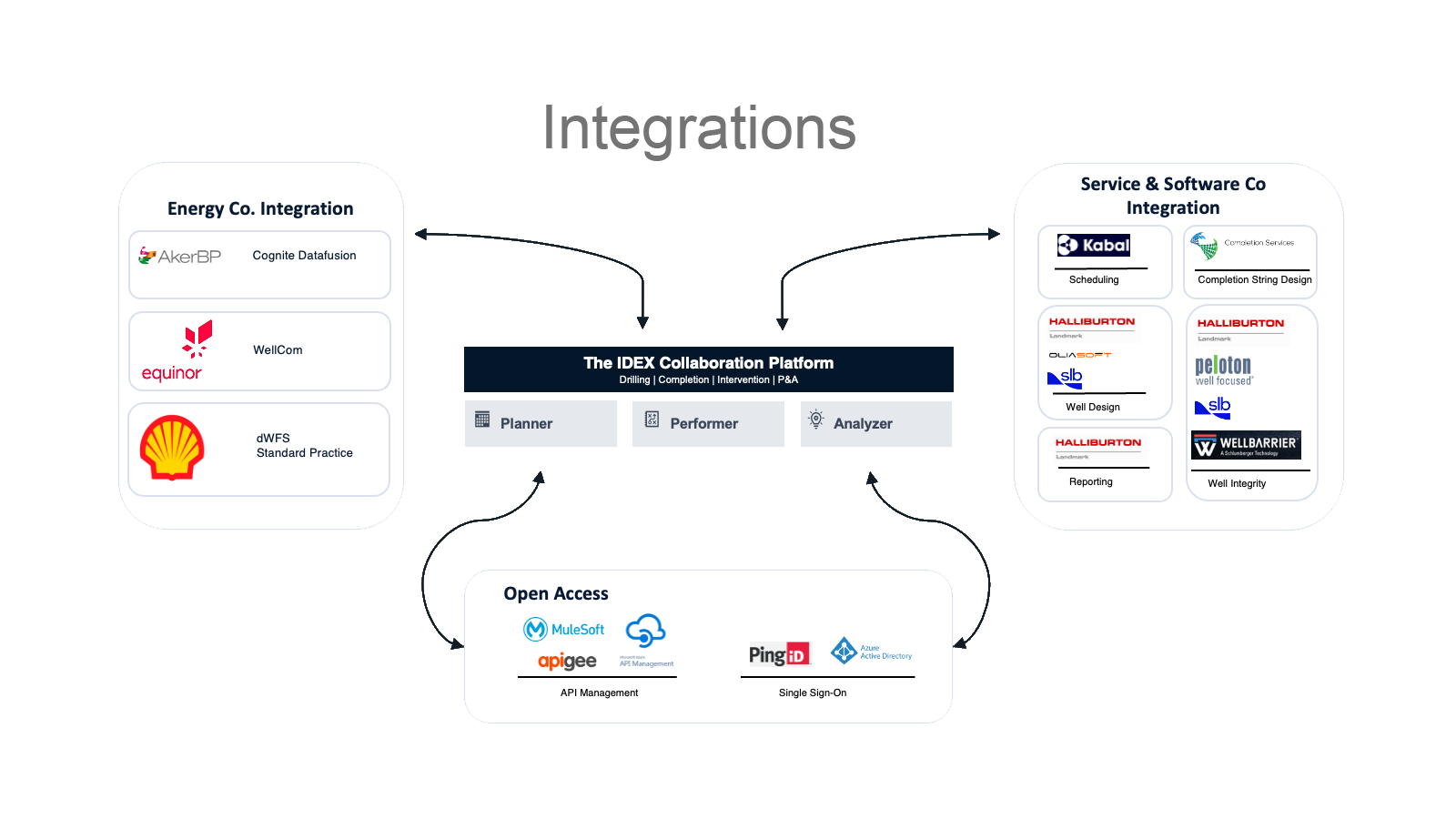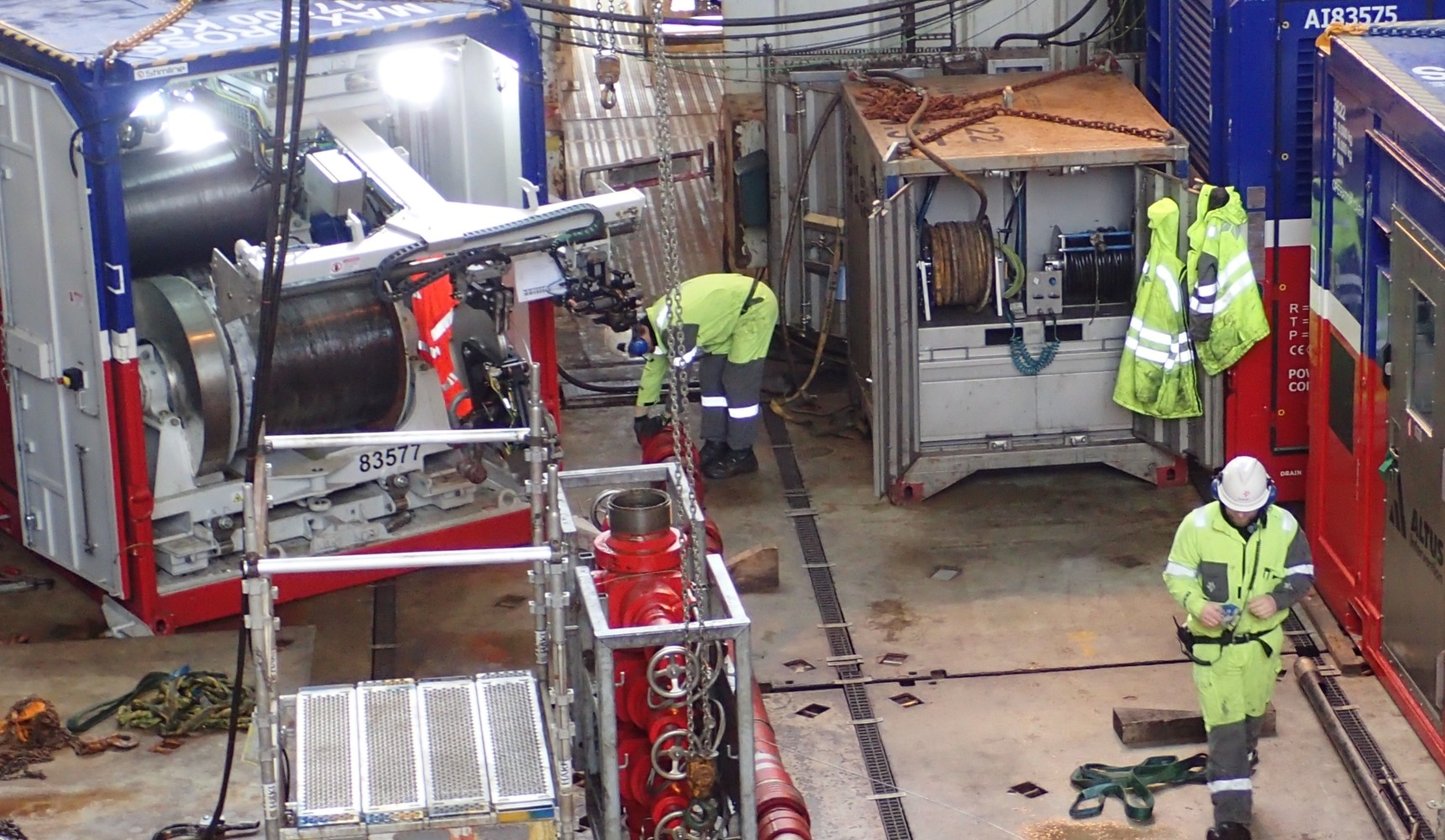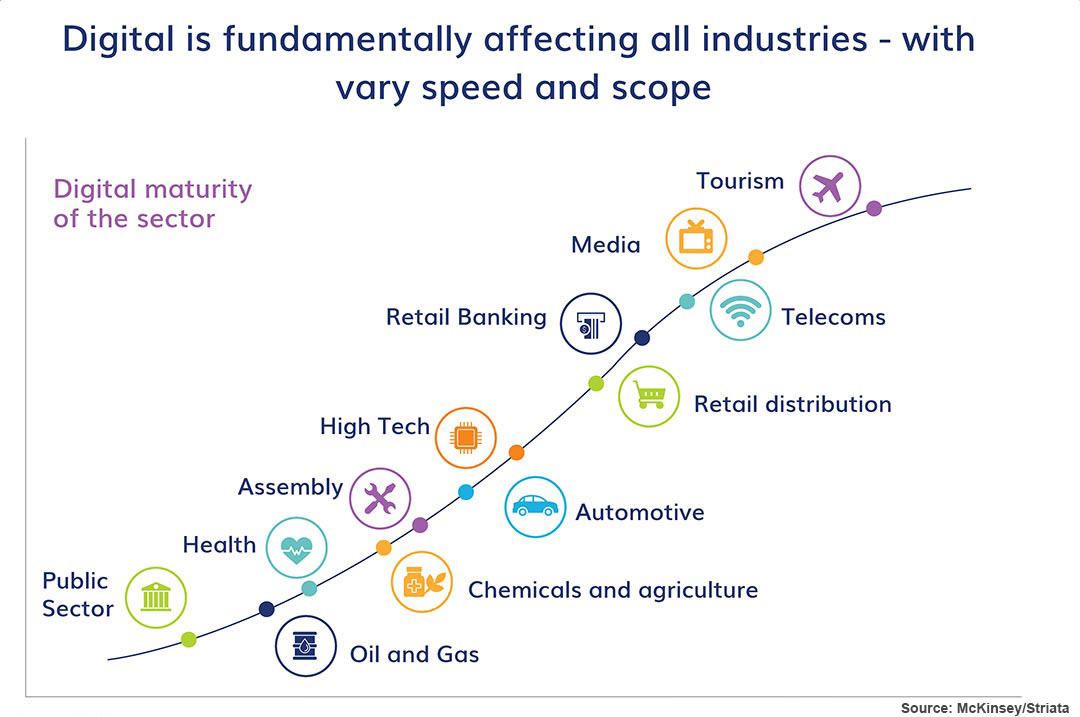Top causes of HSE incidents that can be prevented with digitalization
Have you just perfected procedures and best practices, only to have them outdated by a new tool or technology? Have you ever been caught off guard by...
4 min read
Ben Lovell Jun 20, 2023 8:30:00 AM

Having an end-to-end solution for planning and executing your drilling and well operations is very important, but it is also critical to make sure that this solution is truly integrated with your organization’s corporate datastores to prevent unnecessary data duplication.
You also need to be able to guarantee that all plans are made with the correct, most up-to-date data, not a local copy that has been stored within an isolated application. Let's look at some different alternative solutions.
Integrations can be viewed at two levels:
Traditionally, to achieve the first level of integration was not too hard. As an Energy Co., all you had to do was to evaluate which compromises you were prepared to accept and then agree that the company was going to be using vendor X's or vendor Y's solutions across the board.
Level 2 was trickier..
Many integration points were custom links created as one-off integrations, that often only allowed data to move from a datastore into an application. Obviously, any changes made to either an application or datastore format then created additional work to repair all the custom links, and test that data was flowing again as intended.
There was also a tendency for these links to be one-way, so newly created data from applications often didn’t make it back to the corporate datastores, supposedly the source of the company’s best information.
To try to work around some of these issues, different industry bodies have created standards to ensure that data exchange is possible across platforms and vendors. some of these, WITSML for example, are largely successful and are still used today. Other initiatives have not proven to be as practical or successful.
However, things are changing now. In our personal lives, we like to be able to pick and choose the apps that we use, and not be bound into one single vendor’s solution. We have become used to adopting the “new best thing” when a new app is launched, and we still expect to be able to access all our data from previous apps.
This is now also becoming a requirement in the Energy Company environment and many companies are investing significant amounts to create a digital infrastructure that allows all applications to be able to access corporate data, and to ensure that any new information or data created within an application is also returned to the appropriate corporate store to be used again.
To achieve this, modern applications often make an Application Programming Interface (API) available. There is one key difference to this approach. You must be open not closed. It’s now a requirement, which is good for all.
The risks from this open integration model are very low, allowing any company the flexibility to change out applications as required. Any changes that are made, to either the data structure within the corporate store or within any application, are isolated from another by each provider, ensuring that their own API is still current.
There is one “hidden” risk though, which we’ve all seen at some point. Integrating to a corporate datastore sounds perfect, and it is, so long as the data contained within the datastore is really the best available data.
All too often, the corporate datastore has not been kept up to date, due to legacy integrations that only allow data to flow from the datastore into an application. None of the new data or information created within the application ever made it back to the corporate datastore.
With the best and latest data then existing in other places, it is a task to re-discover true corporate data.
And then there is one other risk to the software suppliers. If you don’t stay “best in class”, your application is easily replaced. Is that a bad thing, or will it just keep software providers on their toes?
Working initially with Aker BP, we had to develop ways to integrate with the digital infrastructure that they were building across the whole of their business.
The IDEX Collaboration Platform was integrated with key datastores and their data lake, via our API, so that we could collect all of the data required – well data, reservoir data, integrity information - for building detailed Well Intervention plans and to push operational performance data from the jobs back to the corporate datastores.
Meanwhile, new applications were being developed to improve planning efficiency by ensuring that collaboration with their key service company partners was improved and everyone could work together. Post-job reviews were greatly simplified as all of the data, from the original approved plan to the operators log, and the job data were available to the whole team.
Then we started working with Shell.
Their requirements were different, of course, as they wanted integration points with internal Shell tools, and they also had a full standard practice library of operating procedures to use any time a new plan was started. No problem for IDEX. The API was put to full use, and we swapped out some of the native IDEX applications to use the Shell specific ones.
That’s the power of an open system. Working in a different data environment and with different tools to integrate didn’t slow down the implementation at all.
Shell have extended the use of IDEX Collaboration Platform to enable them work across the whole lifecycle of a well, from Drilling & Completion to Intervention and final Plug & Abandonment, planning all of their jobs around the world on the same open platform.
And now working with Equinor, our latest customer for the IDEX Collaboration Platform, it is different again. Thank goodness we decided that “open” is the way forwards.

Working with diverse range of energy companies, in a variety of disciplines, we have seen many different versions of modern integrations. What is common across all of these, however, is to make sure that the new data environments that energy companies are creating, liberate the data to be consumed by the applications of their choice.
Two-way data-flow is critical to make this a success and to ensure that corporate data is enriched with knowledge and learnings from every job. And we’ve confirmed that collaborative environments where teams from all disciplines can work together add real value by ensuring that there is one copy of the truth and everyone is using it - that’s where the IDEX Collaboration Platform is proving to be invaluable.

Have you just perfected procedures and best practices, only to have them outdated by a new tool or technology? Have you ever been caught off guard by...

McKinsey Digital, presented in 2016 a study illustrating the low level of digitalization in the oil industry. When compared to other major sectors in...

We are excited to launch The Digital Well Management Blog. Our ambition is to create a space where Energy professionals come to increase their...